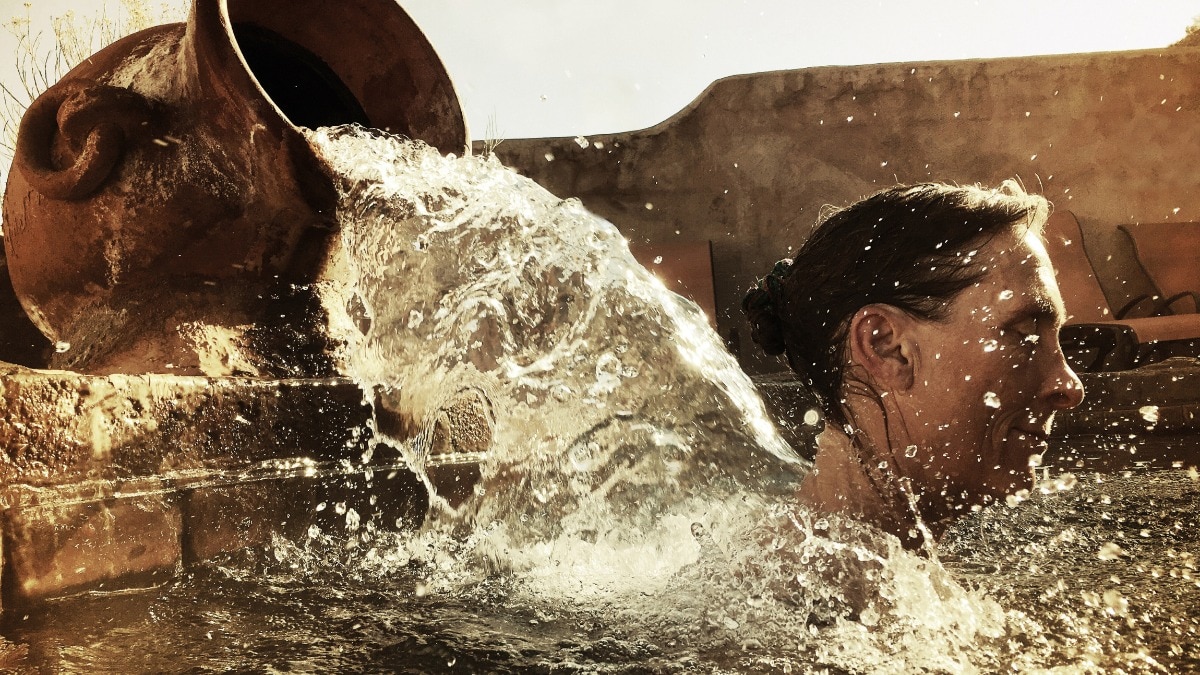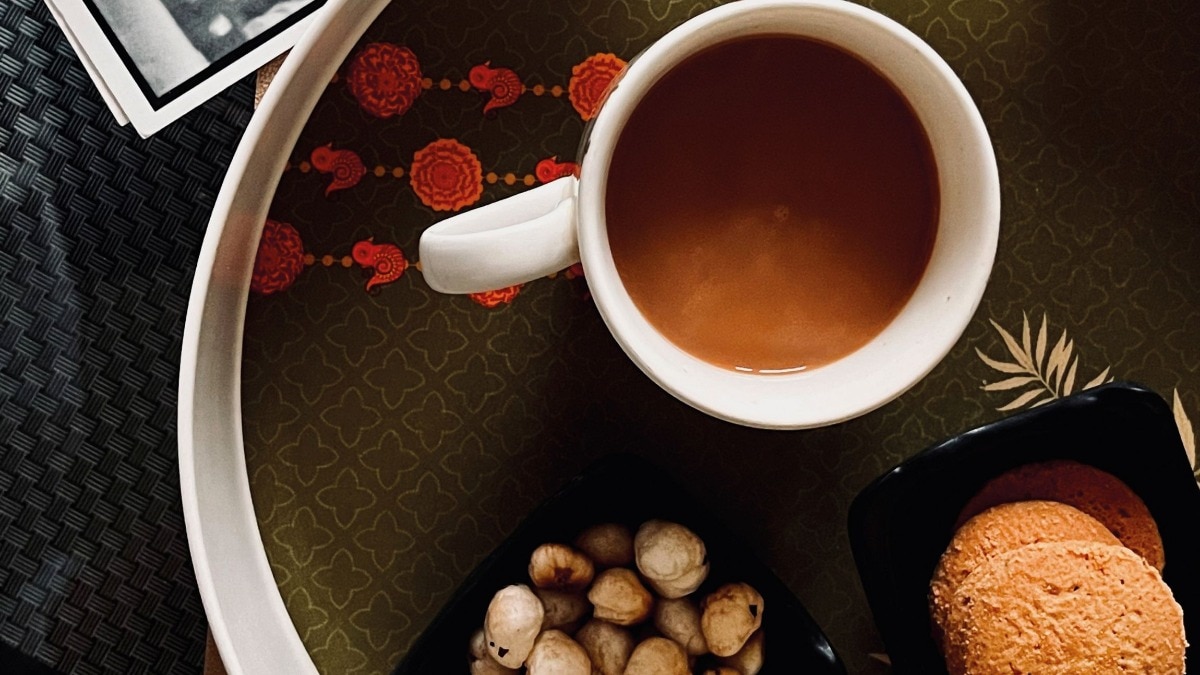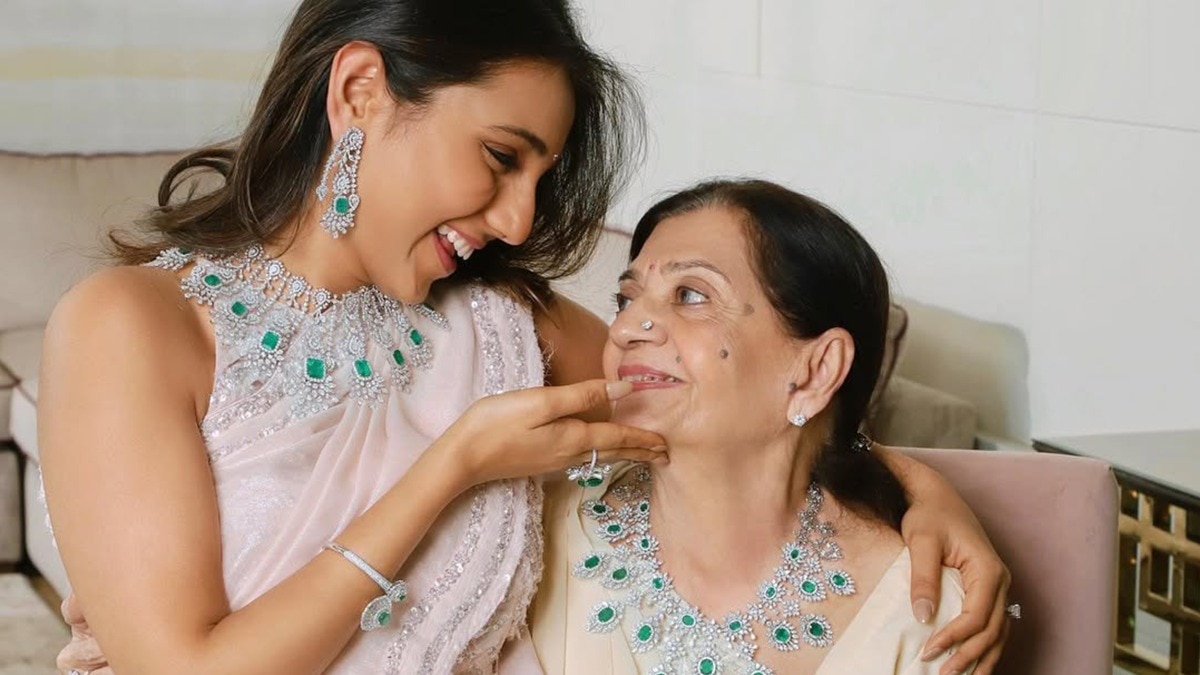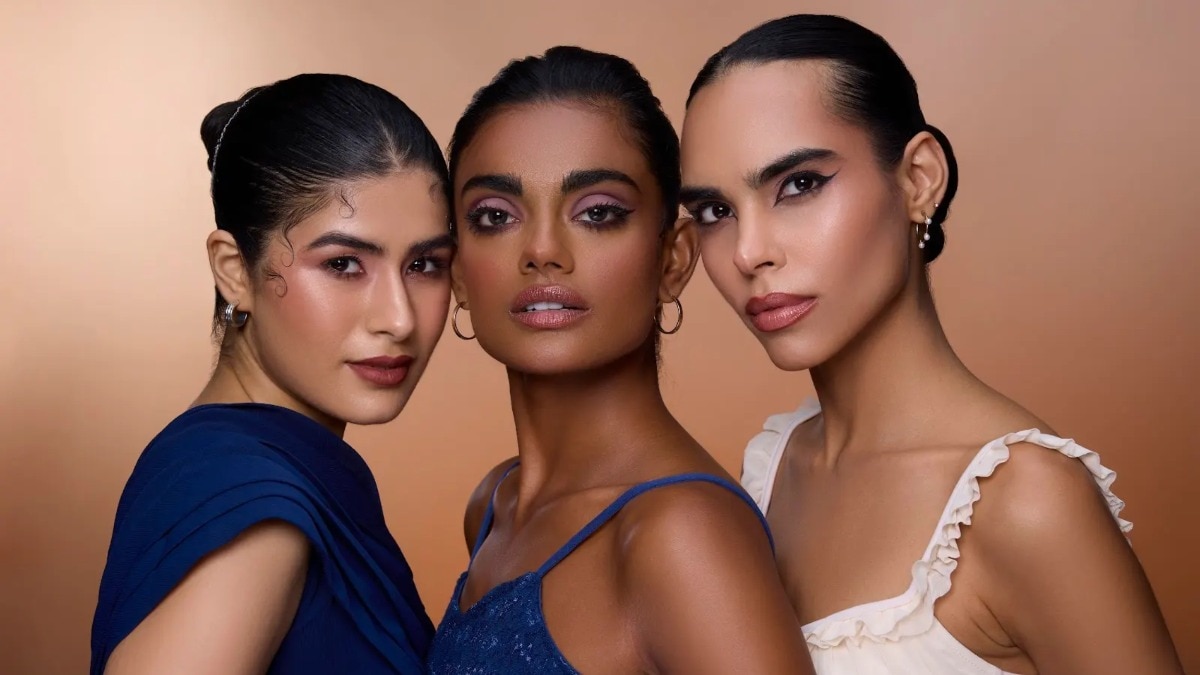
'Rocky Aur Rani' is an important step in empowering boys to take up classical dance and ballet
A dancer, choreographer, and two leading counsellors dispel the notion of talent being gender specific.

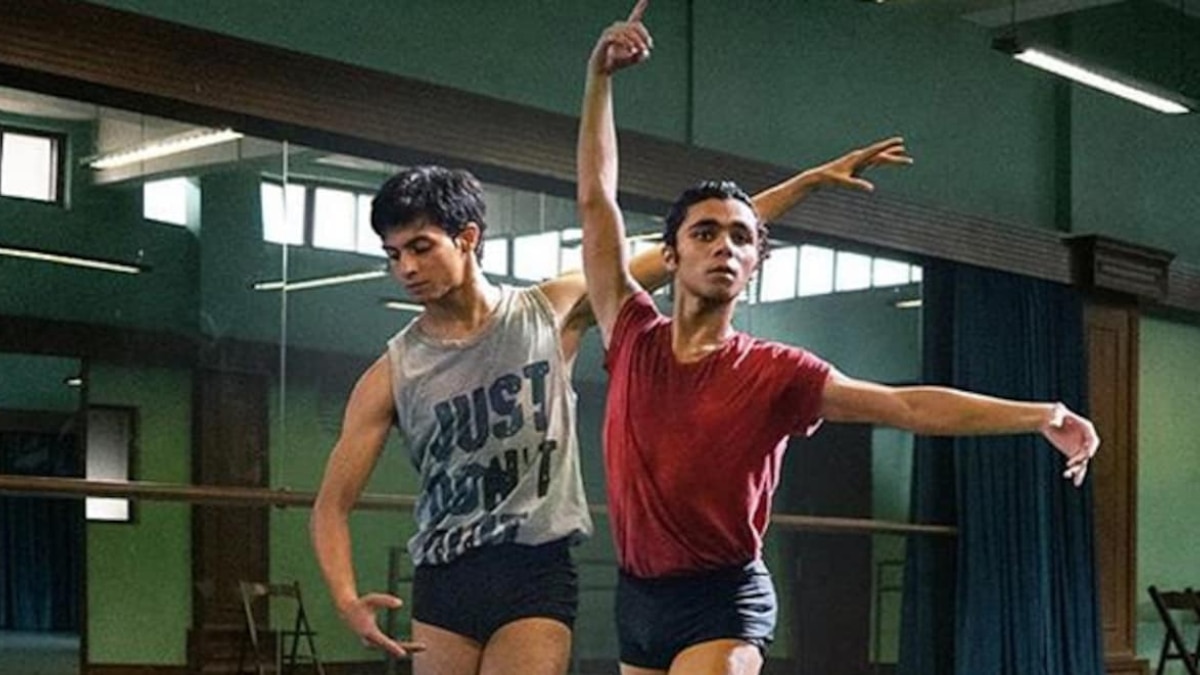
While I thoroughly enjoyed most parts of Karan Johar’s latest film Rocky Aur Rani Ki Prem Kahani, there was one scene in particular that touched a chord and gave birth to this story. The one where over a drink with his family, Alia Bhatt aka Rani's father (Tota Roy Chowdhury as Chandon Chatterjee), a professional Kathak dancer, breaks down and explains to his wife, daughter, and future son-in-law how he was ostracised by his father and friends because all he did was love Kathak—a dance form some might want only girls to pursue. There are certain dialogues that make you ponder, and the line, “Talent has no gender” left me with ample food for thought.
I kept thinking about ‘what talent has to do with gender’ and the why. So much so that it made me go down a rabbit hole where I learnt about the term implicit bias and spoke to counsellors, a dance choreographer, and a dancer who has made a name for himself in the world of classical dance to understand why people think so and if talent, pertaining to certain dance forms, should indeed have a gender associated to it.

A world filled with stereotypes and biases
Equating talent with gender goes against all principles of fairness, equality, and understanding of individual differences. According to Mehezabin Dordi, clinical psychologist, Sir H N Reliance Foundation Hospital, Mumbai, it is extremely healthy to think this way. “Talent is a multi-faceted trait that arises from a combination of genetics, the environment that the individual grows up in, and the opportunities that they get. Gender shouldn’t be used as a determinant. These societal expectations and environmental influences lead to stereotypes and harmful biases that limit growth and potential.
Implicit biases and institutional barriers
Implicit bias is something that exists on a subconscious level and influences one’s judgment. In this regard, one already has a set answer as to what a man does and what he is capable of. “Those answers became your bias point, and anything that doesn’t match up to it is dismissed. Men have to be strong and brave is something that’s ingrained. These biases can lead to underestimation of talent in certain genders and overestimation in others,” says Dordi.
Another important factor is the institutional barriers that are created. “Societal expectations can translate into institutional barriers that can limit opportunities for certain genders. You have certain classes where only men or women are allowed. This barrier didn’t allow you the opportunity to access that skill. And even if you asked if you could try it out, you weren’t allowed to. Which is why, at the end of the day, you never learnt it,” adds Dordi.
Dancers putting their best foot forward
With the idea of the story stemming from a man feeling judged just because he’s a classical dancer. It was important to know how they felt. Having performed and choreographed numerous dance reality shows, Kumar Sharma, a national scholarship holder in Kathak from the Ministry of Culture, India, a researcher of around 20 folk dances of India, and a performing artist of Kathak from the Jaipur gharana presents a fascinating insight on the topic. “I don’t think talent, especially dance, has any gender. When we talk about classical dance forms, people have only watched females dancing in them. Take for example movies such as Mughal-E-Azam, Pakeezah, and Devdas. But come to think of it, all the pundits, they’ve all been males. If they weren’t there and had to stop following their passion, classical dance wouldn’t be at the level it is today.”
A dancer knows how the world perceives and thinks about dance. “People don’t want their boys to do ballet and take up classical Indian dance forms. Remember that girls weren’t allowed to dance back in the day so our ancestors designed these art forms in such a way that the boys performed both the male and female parts. And that’s where people thought that their boys would end up behaving like girls if they danced like female characters in the stories of these dance forms. But thanks to certain people, who did the right thing, dance prospered. Guru encouraged their children to take up dance, which is how the word gharana came into existence. Look at couples dancing these forms together. Don’t they look beautiful? No science, doctor, or dance form can alter one’s sexual identity. It’s not possible for an art or dance form can convert you. It’s wrong to think that way,” says Sharma who did face problems while pursuing Kathak. “I didn’t have many friends. They thought I was different and kept their distance. My relatives asked me to pick up another dance form and even said ‘Dancing is good, but what’s your occupation.' It took me a lot of time to explain that I’m a professional dancer. That’s something boys have to face. My family and guru were my pillars of support.”
Cannot neglect the financial side of the situation
Just like Sharma’s relatives, a lot of people don’t have as much of a problem with talent as they do with how financially rewarding their child’s area of interest is. “There are many sides to a story. As far as a parent not wanting their child to take up classical dance or ballet is concerned, one also has to take into account how financially rewarding taking it up full-time would be. They think this way is because we want to be well settled and our children to be so as well. One cannot ignore and neglect this perspective,” says Sherene Aftab, founder of Serene Hour Counselling & Career Advice Consultancy.
Encouraging and empowering boys to take up Indian classical dance and ballet
The change may be gradual, but there are many reasons why more boys are taking up classical dance today. Dance choreographer Kanchi Shah paints a bright picture by talking about the reasons. “Along with people becoming more accepting, there is today a community, safe space that dancers have created where boys pursuing classical dance are not only accepted, but encouraged as well to push their boundaries. Boys need to see other boys doing Indian classical dance forms and ballet and that’s what we’re getting to see through dance reality shows. This exposure changes their mindset and gives them the confidence that even they can do the same.”
What should parents do?
What parents must do first and foremost is work on their own internal barriers and biases. The importance to understand that talent is gender-neutral is necessary. Having such awareness and education will only lead to them allowing their kids to do what they love and are interested in. Only if the parents are cool with their son doing ballet will the child know that he can do it. The child must be given the opportunity to explore different things and see what their preferences are. The onus lies on the parents to open the door to such conversations. Children take time to understand gender biases as they’ve been modelled onto them by society.
When it comes to the class and the boys taking their first steps into the world of classical dance or ballet, choreographers, too, have a responsibility. “I have taught a lot of kids, and there have been instances where they’ve been just two or three boys. That keeps them in a shell. I feel that they feel awkward because of the numbers. As a choreographer, it’s your job to make them feel comfortable and let them know that it’s a safe space. Even if they’re the only boy, it’s completely fine to make him feel welcome. It’s on the teacher and the academy to give the world a good dancer. They need that confidence. That assurance goes a long way,” says Shah.




